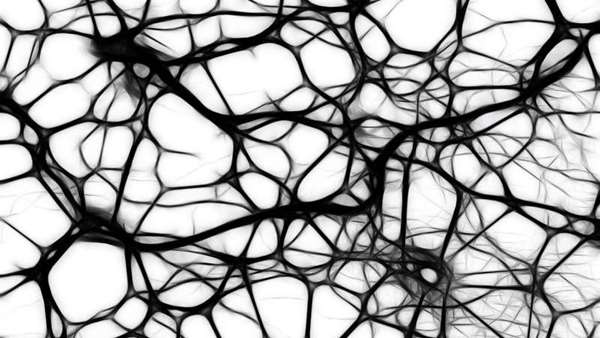Keratin scaffolds could advance regenerative medicine and tissue engineering for humans
Researchers at Mossakowski Medical Research Center of the Polish Academy of Science have developed a simple method for preparing 3-D keratin scaffold models which can be used to study the regeneration of tissue.
Researchers at Mossakowski Medical Research Center of the Polish Academy of Science have developed a simple method for preparing 3-D keratin scaffold models which can be used to study the regeneration of tissue.
The regeneration of tissue at the site of injury or wounds caused by burns or diseases such as diabetes is a challenging task in the field of biomedical science. Regenerative medicine and tissue engineering require complementary key ingredients, such as biologically compatible scaffolds that can be easily adopted by the body system without harm, and suitable cells including various stem cells that effectively replace the damaged tissue without adverse consequences. The scaffold should mimic the structure and biological function of the native extracellular matrix at the side of injury for regeneration of tissues.
The article "Can keratin scaffolds be used for creating three-dimensional cell cultures?" has been published in the De Gruyter open access journal Open Medicine. It presents findings on the development of three-dimensional cell cultures derived from fiber keratin scaffolds from rat fur. The study suggests that both the use of appropriate digest enzymes and the fraction in length and diameter of the keratin fibers is significant. The cells demonstrated the ability to grow up and form the 3-D colonies on rat F-KAP for several weeks without morphological changes of the cells and with no observed apoptosis.
"We believe that this absence of morphological changes in cells and the lack of apoptosis, in addition to the low immunogenicity and biodegradation of KAP scaffolds, indicates that they are promising candidates for tissue engineering in clinical applications," said Piotr Kosson, Ph.D.
Reference:https://www.degruyter.com/view/journals/med/15/1/article-p249.xml




ارسال به دوستان